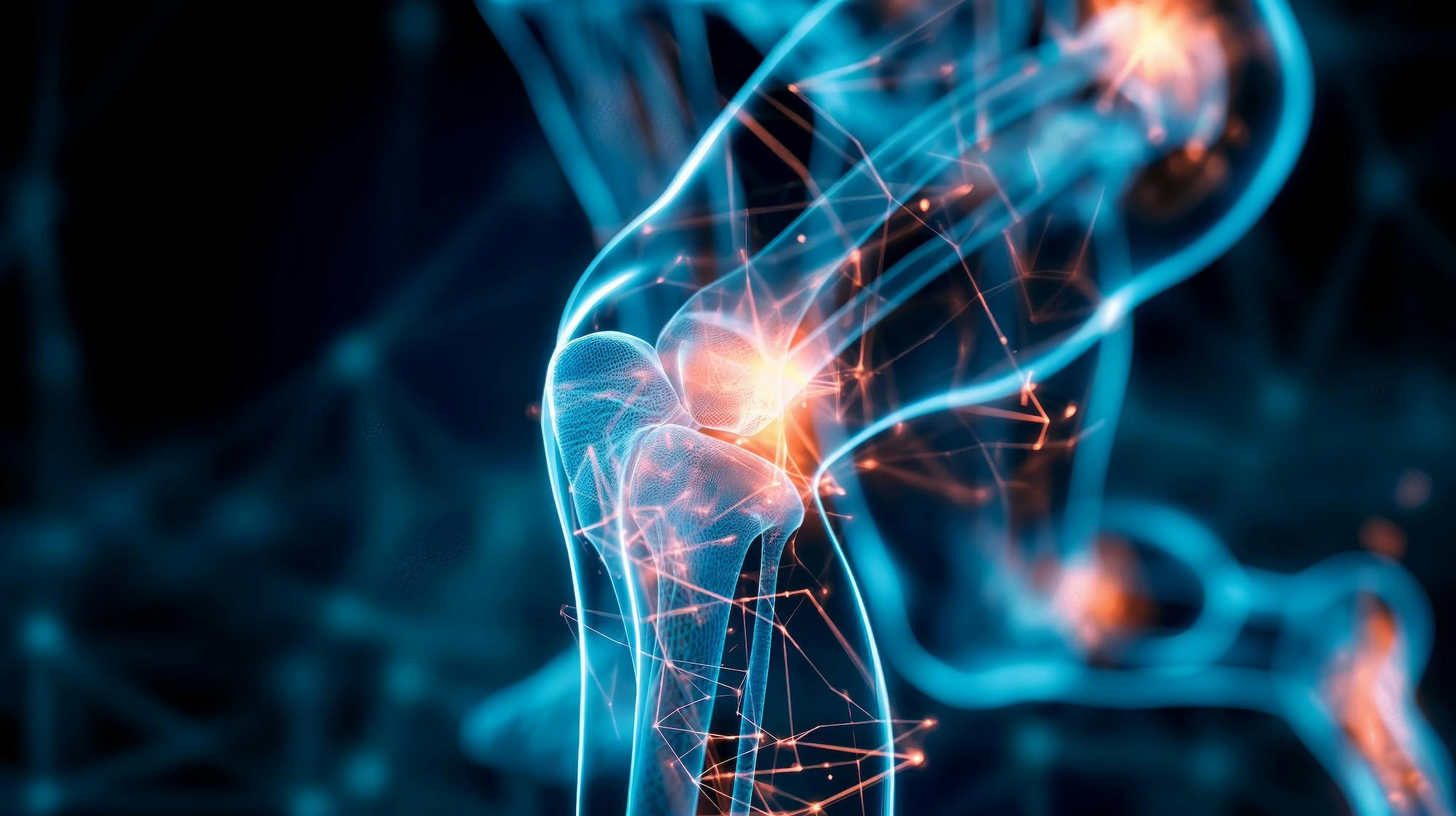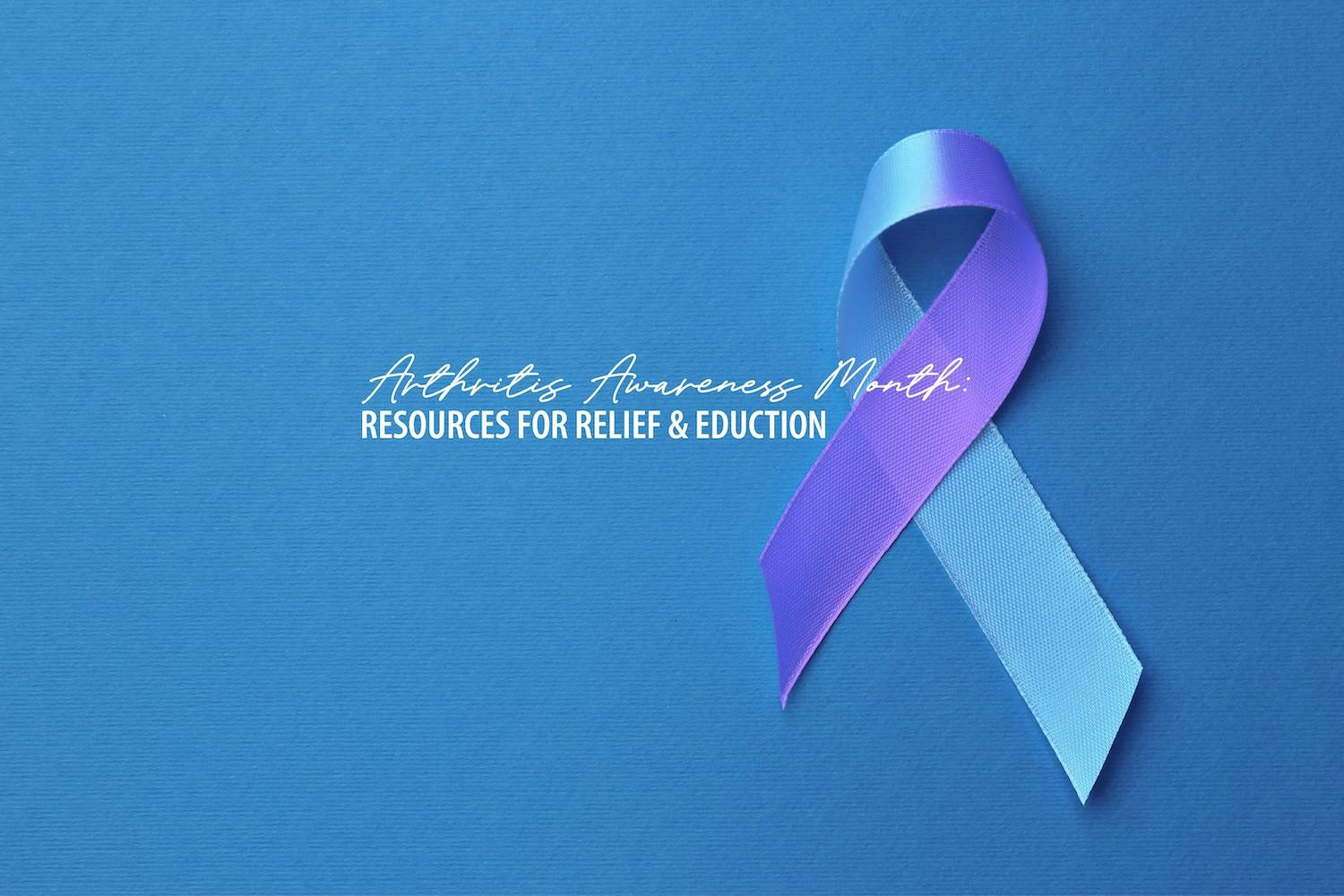- Blog
Treating Pain with Peripheral Nerve Stimulation
Posted on 12-31-2025 in Ankle Pain, Knee Pain, Knee Osteoarthritis, Peripheral Nerve Stimulation & Ankle Arthritis by Dr. Erik Nilssen, Dr. Joshua Hackel

Posted on 12-31-2025 in Ankle Pain, Knee Pain, Knee Osteoarthritis, Peripheral Nerve Stimulation & Ankle Arthritis by Dr. Erik Nilssen, Dr. Joshua Hackel
Chronic pain management continues to be a challenge for those looking for an effective non-opioid analgesia option. At North Florida Bone and Joint Specialists, Dr. Erik Nilssen and Dr. Josh Hackel provide patients with several alternatives, including Peripheral Nerve Stimulation (PNS). Performed under local anesthesia on an outpatient basis, PNS is an extremely safe procedure that is noted to be effective in most individuals selected for treatment. PNS involves two steps. During the initial testing phase, the electrode is connected to an external device. If the trial is successful with pain relief, then a small lead or wire is implanted into the patient’s body under the skin.
Nerve Anatomy & PNS
The peripheral nerves carry information to and from the brain to the rest of the body. They include autonomic nerves that control blood pressure, bladder functions and sweat levels; motor nerves that control the muscles; and sensory nerves that transfer sensations like cold, heat or pain to the brain. When these nerves are stimulated by tissue damage or when the nerve itself is damaged (neuropathic pain), these signals are interpreted by the body as pain.
PNS involves a minimally invasive procedure where a small electrical device (a wire-like electrode) is placed next to a peripheral nerve under the skin and set to deliver rapid electrical pulses. These pulses interrupt the transmission of pain signals so that patients do not experience significant pain.
Our physicians may recommend PNS when the pain becomes chronic and medications and therapy are not helping in easing the pain for conditions, for example, commonly impacting the lower leg like chronic arthritic knee pain and ankle arthritis.
PNS Procedure Process
To begin, patients are given local anesthesia to numb the site of insertion before a small incision is made. One or two electrodes (wires) are inserted and fixed along the targeted nerves under the skin. The wires are then connected to an external battery. The wire resembles a short spaghetti noodle and is used to control pain impulses by stimulating the sensory nerve only. Patients can return home the same day after this outpatient procedure.
After the procedure, the patient can control stimulation by turning the device on and off and adjusting stimulation parameters as needed. This trial lasts about a week, and if the patient experiences significant pain relief, the second step is performed. The trial also helps the physician determine the right amount of stimulation for ideal pain relief.
After the temporary trial is completed for five days and significant pain relief has been observed, the temporary stimulator wire is removed. Then, a permanent placement of a stimulator wire is implanted at a later date in a surgery center using IV sedation. Many patients have the electrode implanted into the lower leg to treat knee chronic arthritic pain as well as ankle arthritis pain. The device is programmed to deliver a pre-determined level of stimulation.
To learn more about either of our fellowship-trained orthopaedic and sports medicine experts who perform PNS, visit their web pages below or use the associated links to schedule an appointment.
Learn more about Dr. Josh Hackel or schedule a visit with Dr. Hackel.
Learn more about Dr. Erik Nilssen or schedule a visit with Dr. Nilssen.

May is Arthritis Awareness Month, an opportunity to increase public understanding of arthritis and its impact on millions of lives. Established by the Arthritis Foundation, this national observance highlights the importance of early diagnosis, effective treatment, and ongoing research to improve the quality of life for those with arthritis.

With summer in full swing and children taking advantage of more time to participate in sports-related or other outdoor activities, it’s essential to be mindful of injury prevention while encouraging their interest in activities that don’t involve screen time!

May is National Arthritis Awareness Month, and of the more than 100 forms of this painful condition, many can affect the ankle. In fact, almost half of people in their 60s and 70s have arthritis of the foot and/or ankle, but not all of them have symptoms.